Handling the Undead, the feature debut of Norwegian director Thea Hvistendahl is an adaptation of the Swedish writer John Alvide Lindqvist, whose works have astonished and shocked viewers all over the world for their originality and audacity in rethinking questions about our essence and limits as human beings. The dilemmas he has confronted us with in films such as Border (Ali Abbasi, 2018) and Let the Right One In (Thomas Alfredson, 2008) permeate other of his novels, such as the one that has given rise to one of the most original zombie films ever made. Thea Hvinstendahl avoids gore and violence, which is only glimpsed in a video game, to make us reflect, on the other hand, on loss, grief and attachment.
We interviewed the director of a film that is slow-burning, with a dazzling pace and awsome performances by Norwegian actors Renate Reinsve and Anders Danielsen Lie (The Worst Person in the World), along with veteran Bjørn Sundquist.
EVA PEYDRÓ: First all all, I would like to know about the writing process. The screenplay was written in collaboration with John Alvide Lindqvist (Border, Let the Right One In) who had previously penned films that challenged the idea of genre. At the same time, I can’t help but think about your last short, Children of Satan (Satans Barn, 2019), which I liked very much and also already implies this idea of bewilderment provoked in the viewer. How was the collaboration with Lindqvist?
THEA HVISTENDAHL: Yes. Okay. So, since you mentioned Children of Satan, that was inspired by a book he wrote called Little Star. And, so I was like, inspired to go into that genre. And then when I got the rights for Handling the Undead, —I inherited the script he already had— that was adapted for a Swedish director 15 years ago. So they tried to put it because the book is from 2005. So they tried to put it up in Sweden a long time ago, but it didn’t work. And then I got that script and then I went to his house by the ocean in Sweden, it was very nice. He read through it for me. He’s a very good reader and we talked about it a lot and all that…
Even if it happened, and then you see that they’re alive, but they look awful, you still don’t want to scare them away because you love them so much.
And then, I think he did a couple of revisions for me, but then I found out that I had to write it myself. So, he was very generous and he permitted me to rewrite it how I wanted. And then I spent many years. To get to first, because some things didn’t really work. So I was trying to put in more, but then gradually I understood that I had to take away all the stuff that I didn’t like so much. It didn’t work. And then, it ended up, I think, being like the essence of what he had written. So we didn’t work so much together, but it was more him first and then me.
The dialogue in the film is very minimalist. It looks like a requirement for this style of atmospheric film you made.
Yes, I think for me. I mean, when I got the script, it was much more dialogue and I wanted to take away a lot of it, and then, gradually, I also found, as you say, because when you make this atmosphere, when we had more dialogue, and if the dialogue is about something else, or it kind of takes us away from the atmosphere a little bit…, but it’s also I think that when it’s so peeled down as what it is now that I found out that it had to be that because it’s three stories in a very short time. If they talk too much about what is happening…
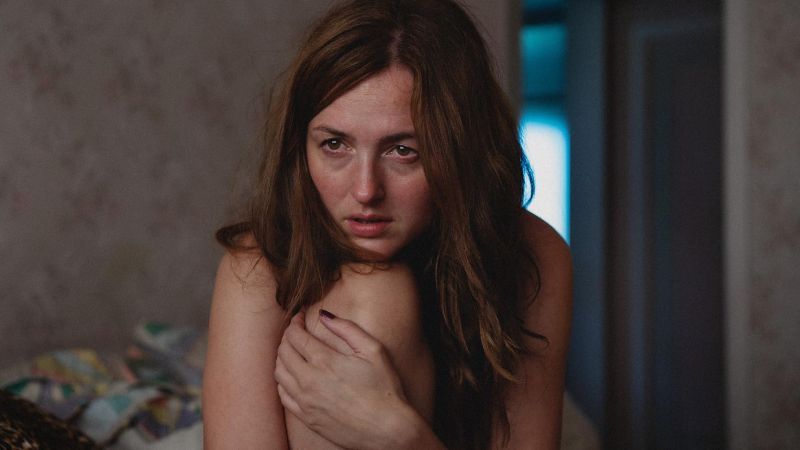
Everything feels very, very organic.
I’m happy (laughs).
And in this zombie film without zombies, the most important thing is not the gore or violence, but the emotional reaction of those who experience grief and the desire that comes true: to have their loved ones come back. Indeed this is a real reflection on death. And its meaning (if it has any meaning). This idea made me reflect a lot after watching the film. And then, it’s also more human than supernatural. How have you explored the impossible, that idea of something integrated into the everyday life of the living?
That was what we, or that was what I wanted to achieve with the film, was to make it as naturalistic as possible. Like, it’s a very absurd premise, because everyone knows that it’s not possible. But then again, if it happens, like if it really happened, what would it actually be like? So I think that was always the goal too, and also when we did the research for how, the undead would look like, it was always about trying to make them look as naturalistic as possible. And also I think the fact of how the living meet that people, or their loved ones. Even if it happened, and then you see that they’re alive, but they look awful, you still don’t want to scare them away because you love them so much, you don’t want to make them understand that they look horrible, or that they’re dead, or that something is wrong, you just want to like, pretend, and so I think it was just trying to look at it as realistic as possible, the whole way.
Working on such an original film, did you have any references? It’s complicated to find a reference to a story like that?
Yes, it was actually very hard to find proper or precise references because, first, it was very hard to find, since I wanted to make a film that was both unsettling and emotional, that was very hard to find a reference for a film with three storylines that don’t meet each other. That was also very difficult. And then, I did find bits and pieces here and there. So I think that for like the truest reference, I would say, like Solaris (Andrei Tarkovsky, 1972), there are some similarities with it, meeting a loved one again in an impossible way. And then I think for maybe the style of the film, a French film called Innocence (Lucile Hadzihalilovic, 2004), which is also very unsettling, but still very, like, held back.
Talking about the minimalistic dialogue and the atmosphere, we must mention the music. You worked with a talented composer, Peter Raeburn (Under the Skin, 2013), who won the Special Jury Award in Sundance for Handling the Undead. What sort of guidelines did you give him?
I think it was the same. So always when I write, I have a playlist of many songs. I knew parts of what I wanted the music to be and I guess I was talking to him like I wanted it to be unsettling, but also emotional and to have a bit of an earthy feeling too. So before we went into the shooting, he made this sketch that was very on point. So when we were shooting, we were actually listening to that music a lot. So me and the director of photography and Dolly Grip were listening to it. So that’s probably why all the shots are like so confident because like when you put on the music, you’re like… well, it’s great. So I think that was it. But then, I also find that when you, start to edit the film, you can’t have as much music as you thought, or the music becomes too big, or you don’t want to lead too much one or other direction because the film wanted to be in the middle. So then we had to explore quite a lot to find what the film needed, but he’s an amazing composer. The film couldn’t handle too much music or too big music or too quick.
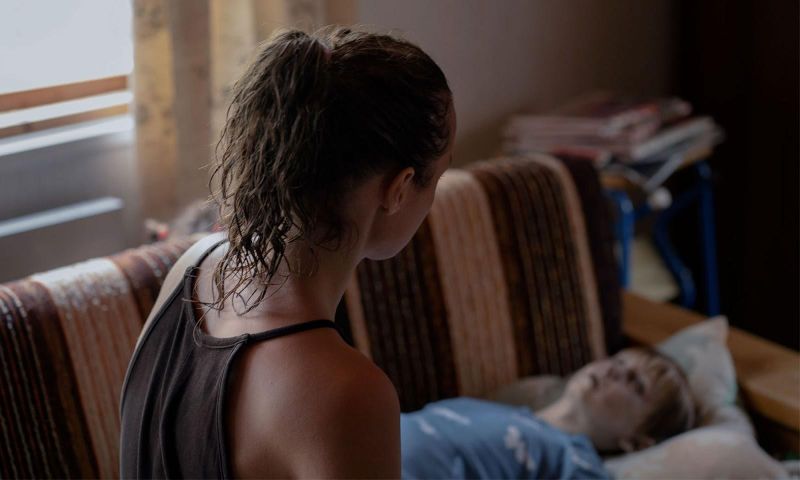
The title of the film has been translated in Spain to Rest in Peace.
Yes, I know.
The Spanish title misses the point that “handling” reveals because reminds a film negative, where people experience grief differently, like having the opportunity to live something impossible, but which helps us to accept the loss. That way the emphasis is on those who stay, not those who leave. Those who rest in peace are the living. In the case of the boy (Kian), I imagined that the way she says goodbye to her mother is through the burial of the rabbit he gets for her birthday, which she strangles. That prayer or kind of lullaby is very emotional and has that double meaning, is that so? It also implies understanding.
Yes. And also because it’s actually singing it in Farsi. Because his mother is Persian Swedish, they live in Norway, but then he sings like a Persian lullaby. So it’s very much related to the mother, and I think that also for him, or how it’s done in the film, burying the rabbit is a way for him to bury the mother.
On the other hand, in the case of the mother on the other story, Anna, we see a circle closing because she tries to commit suicide, it’s also very shocking, but at the end, he prefers to live and move on. So, it was for me a perfect end for the movie. Renate Reinsve is very moving in her role, why did you choose her?
She was there when I was doing auditions, she just gave something completely different to the role. And I did one audition round in 2019 and, I didn’t really find anyone there then, but then she was pregnant, so she couldn’t do the audition. Then I did a new round and she was part of the audition. And when I saw her first audition tape, I was like, Wow!, she was just something completely different from all the others. And then I had another round where she was playing against the grandfather (Bjørn Sundquist) and she brought so much to this character and she kind of made me understand the character differently. But she also made the grandfather much more vulnerable. Because he’s one of the greatest actors in Norway, he gets quite powerful. But then, when he was playing with Renate, they had this very interesting dynamic, a dynamic that also made him very vulnerable, which was nice. And she brought so much strength, I think, to this character of Anna.
The cast was Norwegian but also well-known abroad, including Anders Danielsen Lie.
Yes, but when I did the casting, that was before The Worst Person in the World was out. So, I didn’t know that that film would be so well known.
I understand that at one point the rights of the film were in danger of going to an American production company. Is that right? I cant imagine what a different film they would have made. What do you feel about your film being a Scandinavian one?
Yes, I think that’s why maybe also the writer didn’t want it to be made in English first. So, his preference would be that it was made in Swedish. But then Norwegian was his second best, so he was okay (laughs). So I, for this to be Scandinavian, I think, his writing is also very low key, very humanist and I think there’s maybe, or that’s at least my interpretation of Scandinavians, that the emotions are quite said between the lines, or like of how we communicate, but which in America maybe is more outspoken or like bigger, and I think that the stories are so wonderful because all the characters have a lot of like rich inner lives, but it’s also about how hard it is to communicate and loneliness.

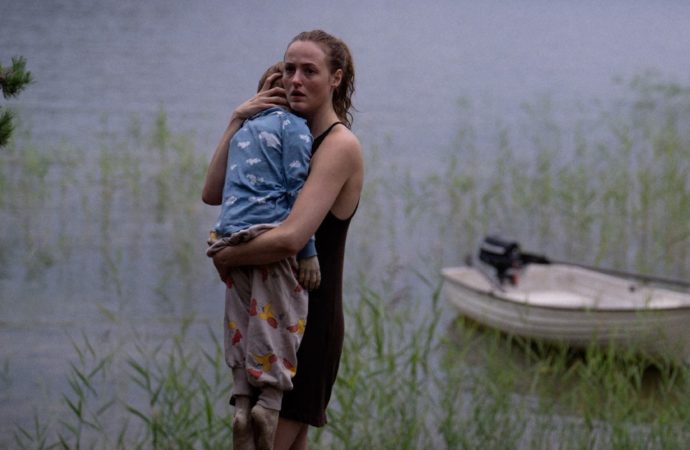
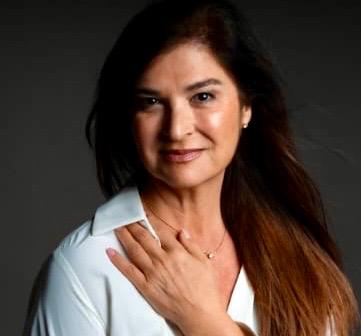

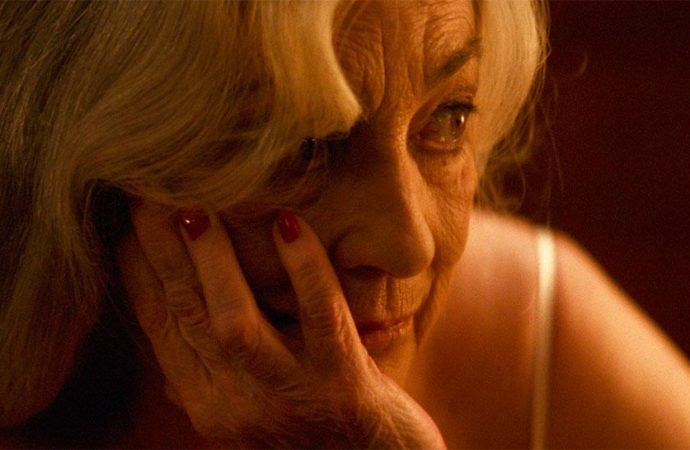
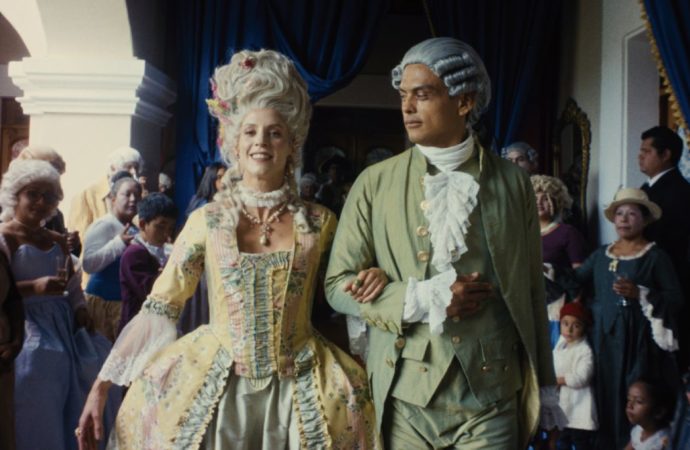


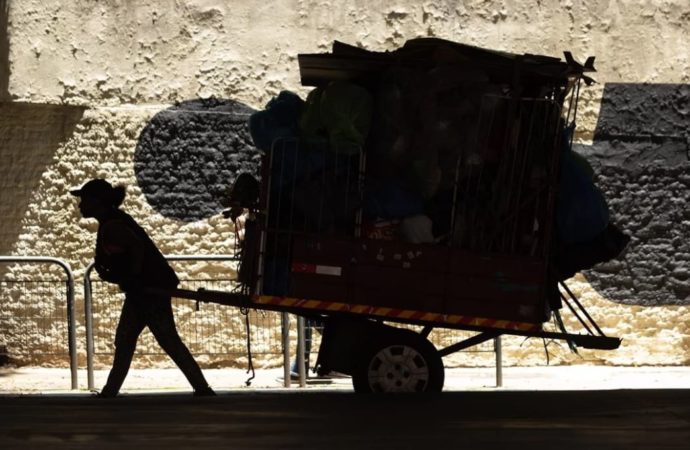
No one has posted any comments yet. Be the first person!